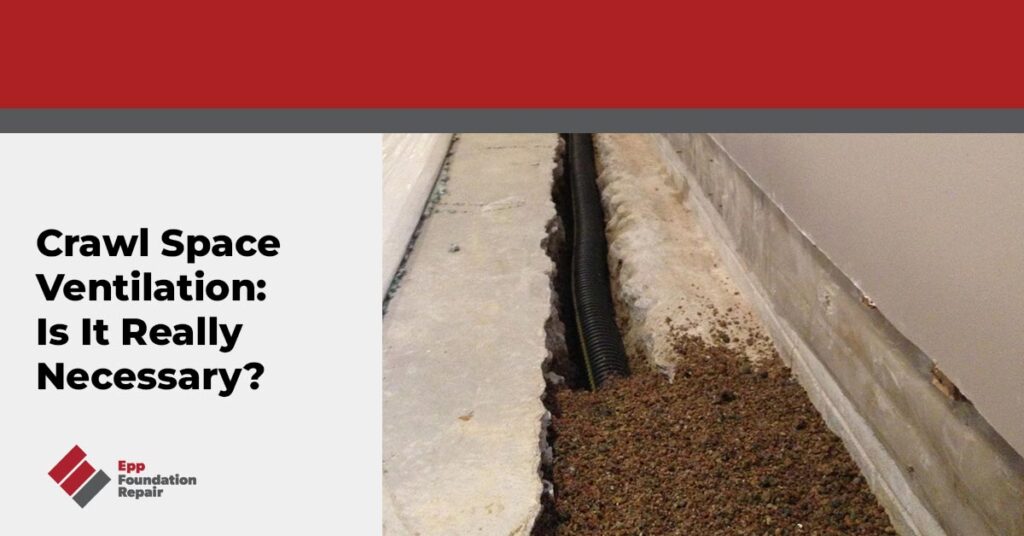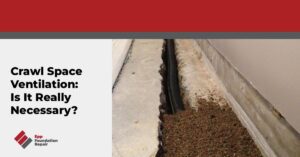Wondering if crawl space ventilation is really necessary? If so, don’t hit that back button because that’s what we’re going to talk about in this article. We’re going to go over why you don’t want a wet crawl space, is crawl space ventilation necessary, whether or not you should seal your crawl space vents, crawl space encapsulation, and more.
Crawl Spaces Are Out Of Sight, But Shouldn’t Be Out Of Mind
For many homeowners – maybe even most – the crawl space is not only out of sight, but out of mind as well. That’s the wrong attitude though, because conditions in the crawl space have the ability to affect the home’s structural integrity and the air quality inside the home’s living area. Crawl space conditions can even affect your home’s energy efficiency.
Why You Don’t Want Moisture In A Crawl Space
You don’t want moisture in a crawl space because it will lead to mold growth, wood rot, and attract wood-eating pests. All this will eventually affect the structural integrity of the wooden structures in the crawl space, and your home as well since it’s sitting atop the crawl space.
A wet crawl space will also affect the quality of the air inside your home. This is because a percentage of air in the crawl space flows up into your home’s living area via the stack effect. So, if the crawl space is wet and full of mold, the air in your home will be as well. That could cause allergies and other respiratory problems for anyone living in the home.
A damp crawl space also means the air flowing up into the home’s living area will be more humid, and humid air is harder to both heat and cool. Therefore, a damp crawl space could reduce energy efficiency in the home.
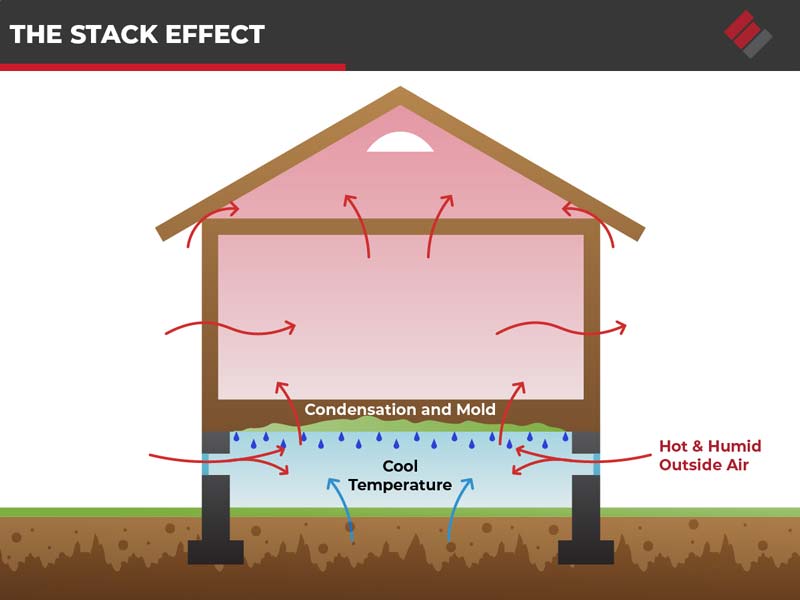
What Are Crawl Space Vents?
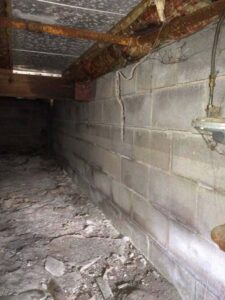
You can think of crawl space vents as something like windows for your crawl space. You open them to let air in.
Building codes used to require the installation of crawl space vents for crawl space ventilation. The idea that crawl space moisture could be reduced by opening the vents to allow air to flow into the crawl space seemed to make sense at the time. Today, that thinking has changed.
Is Crawl Space Ventilation Necessary?
Today the consensus is that crawl space ventilation is not only unnecessary, but actually increases moisture in the crawl space. Open crawl space vents allow warm, moist air to enter and condense on cooler surfaces, creating moisture. As we noted above, humid, moist crawl spaces promote mold growth, wood rot, and offer the perfect environment for termites and other wood-eating pests. Moisture in a crawl space can also cause insulation to get wet and fall down, creating cold floors during the winter.
Read more about – Negatives to crawl space encapsulation.
Should I Seal My Crawl Space Vents?
Yes, today you’ll find that most foundation repair contractors advise homeowners to seal their crawl space vents and encapsulate the crawl space.
The Best Way To Get A Clean, Dry Crawl Space: Drain Tile And Crawl Space Encapsulation
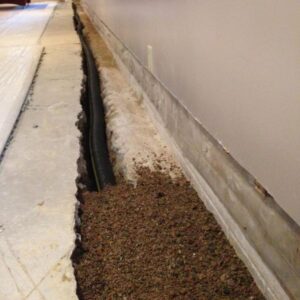
If you want a clean, dry crawl space that you can use to store things like tools and holiday decorations, we recommend installing a drain tile system along with crawl space encapsulation.
Drain Tile System
A drain tile system is the ultimate waterproofing solution because it prevents excess moisture from building up in the soil around the foundation. There are two types of drain tile systems: exterior and interior. Both can be installed in an existing home.
Exterior drain tile systems
An exterior drain tile system is installed around the outside perimeter of the house at the footing level. The general installation procedure is as follows:
- The first step is excavation down to the footing.
- A shallow trench is dug around the perimeter of the foundation and then lined with gravel.
- A perforated drainage pipe is placed into the trench and then covered with more gravel.
- The excavated soil is replaced.
Now, any excess moisture in the soil will enter the drainage pipe and get channeled toward the sump pit. Once the pit fills with water, the sump pump will turn on and eject the water away from the foundation.
Interior drain tile systems
An interior drain tile system is installed around the inside perimeter of a basement or crawl space. The installation is as follows:
- A shallow trench is dug around the insider perimeter of the basement or crawl space. (Obviously, if a drain tile system is being installed in a basement, the floor will need to be broken up.)
- The shallow trench is lined with gravel.
- A perforated drainage pipe is placed into the trench and covered with more gravel.
- If the basement is going to be finished, the trench will be covered. Sometimes, if the basement isn’t going to be finished, the gravel trench is left open. In a crawl space, the gravel trench is left open.
Excess moisture in the soil flows into the drainage pipe and toward the sump pit. When the pit is full, the sump pump kicks in and ejects the water away from the foundation.
Crawl Space Encapsulation
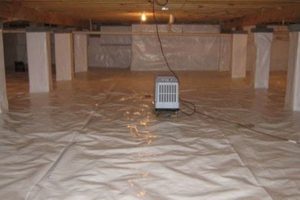
Crawl space encapsulation involves sealing the crawl space vents and covering the floor and walls of the crawl space with a thick, plastic vapor retarding barrier. For more information about crawl space encapsulation see, Is Crawl Space Encapsulation Worth It? Yes! and Don’t Install A Crawl Space Dehumidifier Without Encapsulation.
Other Things You Can Do To Help Your Crawl Space Stay Dry
You can help your home’s crawl space stay dry by making sure there’s no excess moisture in the ground around the crawl space. Here are some ways to do that:
- Don’t plant flowers, shrubs, small trees, etc., next to the house. When you water them, you’ll be adding water to the ground around the foundation and this is what you’re trying to avoid.
- Regrade your yard, if necessary, so that it slopes away from the foundation. You don’t want water draining toward the foundation.
- Clean your gutters regularly so they’re not clogged with dead leaves and other debris. This can cause water to spill over the gutters and soak the soil around the foundation.
- Install downspout extensions so that runoff is carried at least four feet from the foundation before being released.
If you’re concerned about crawl space ventilation and you’re in our Nebraska, Kansas, Iowa, or Missouri service area, contact us today for a crawl space evaluation.

